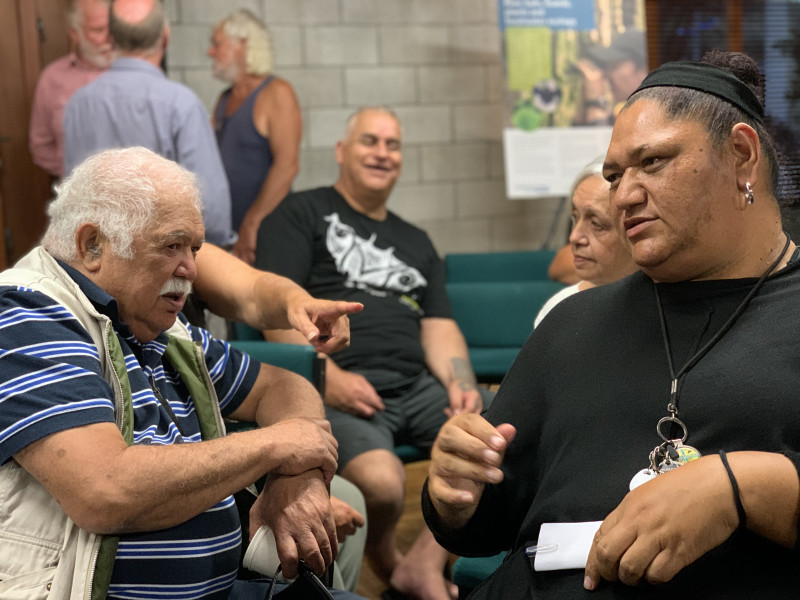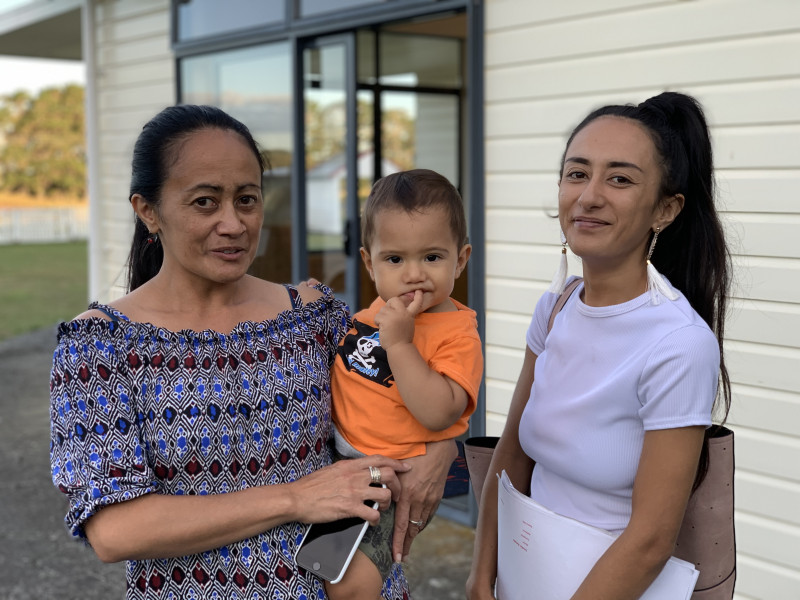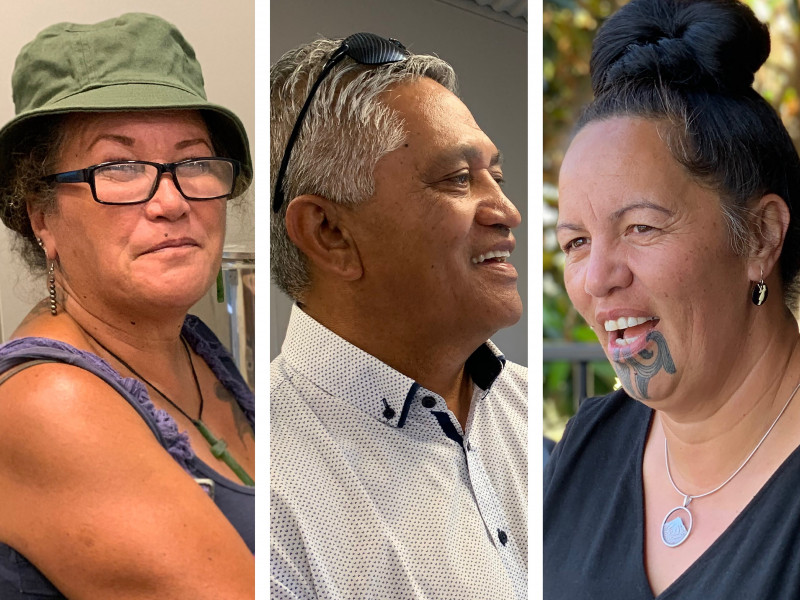Partnering with Ngāti Tama

Waka Kotahi and Mt Messenger Alliance (who are delivering the project) have worked closely with Te Rūnanga o Ngāti Tama over several years to develop the project.
Te Rūnanga became involved in 2016. Waka Kotahi had identified options for an improved and safer State Highway 3 route that avoided Mt Messenger but traversed Ngāti Tama rohe. 20 hectares of land needed for the bypass had been returned to the iwi through a treaty settlement. A commitment by Waka Kotahi was made to negotiate agreements with Ngāti Tama for the land required.
As manawhenua Ngāti Tama were keen to see a safer route through their rohe but were also concerned about the potential effects on the natural environment. As kaitiaki of the Parininihi (covering 2000 hectares stretching from Whitecliffs on the coast inland to Mt Messenger), they are also leading a conservation project over the area to control pests, restore habitat and reintroduce lost species – notably kokako.
Respect for the land and their values is at the core of Ngāti Tama’s involvement with the project, which has included input into:
- selecting a route with less environmental impact
- the bypass design and cultural expression
- the significant environmental programme that is a key feature of the project.
A significant milestone was reached in 2020 when iwi members voted with an 82 percent majority in favour of the agreements with Waka Kotahi, to allow land needed for the Mt Messenger Bypass to be exchanged.
Ngāti Tama media release: Ngāti Tama backs the Mt Messenger Bypass(external link)
The deal includes a 120ha coastal property in exchange for 20ha of Ngāti Tama land, a cultural compensation payment and an environmental programme including pest management in perpetuity on 3,650ha of Ngāti Tama’s rohe.
Te Rūnanga is pleased with Waka Kotahi’s attention to environmental details of the bypass design and the relationship that has developed with them over time.
''They built a tunnel so that animals could go over it. They built bridges so animals could go under it. They put the road up on the side of the bottom of the hill to mitigate any damage to a native wetland forest. Where they could they avoided special trees, over 500 years old.''
''They've listened to everything we've said and acted accordingly. I found the relationship to be a good partnership. They've treated us with a lot of respect.''
- Paul Silich, Te Rūnanga o Ngāti Tama Chair
Lasting impact
Te Rūnanga believe the agreements with Waka Kotahi will have lasting effects and contribute to restoring their culture, environment and economic well-being for Ngāti Tama descendants.
The composition of these agreements is outlined in their storybook.

Download story book(external link)
Ngāti Tama continues playing an active role in the project. As kaitiaki they are carrying out cultural monitoring and this will increase considerably when construction gets underway. The bypass construction and environmental work including pest management and restoration planting, will provide employment and training opportunities for their uri and others.
Cultural expression

Impression of the tunnel’s northern entrance, featuring a circular element representing the mauri and continued protection of the Parininihi and the jaws of Ngāti Tama, with the eight tribes of the Tokomaru canoe marked in the lower jaw.
Ngāti Tama were traditionally the northern ‘gatekeepers’ of the wider Taranaki region. Cultural elements in the bypass design convey stories of Ngāti Tama tūpuna, events and places.
For example, near the tunnel’s northern entrance three pou depict the defence line that reflects the wero (challenge) that Ngāti Tama presented to others entering Taranaki from the north. The design on the tunnel’s northern portal features Te Kauae o Ngāti Tama (the jaws of Ngāti Tama) and includes:
- a waterfall (Te Rerepahupahu) and a bird signifying the area’s native bird life
- a circular element representing the mauri (life force) and continued protection of the area
- purapura whetu (stars) in the upper jaw symbolise ancestors
- markings in the lower jaw reflect the three iwi that descend from voyagers on the Tokomaru waka.



